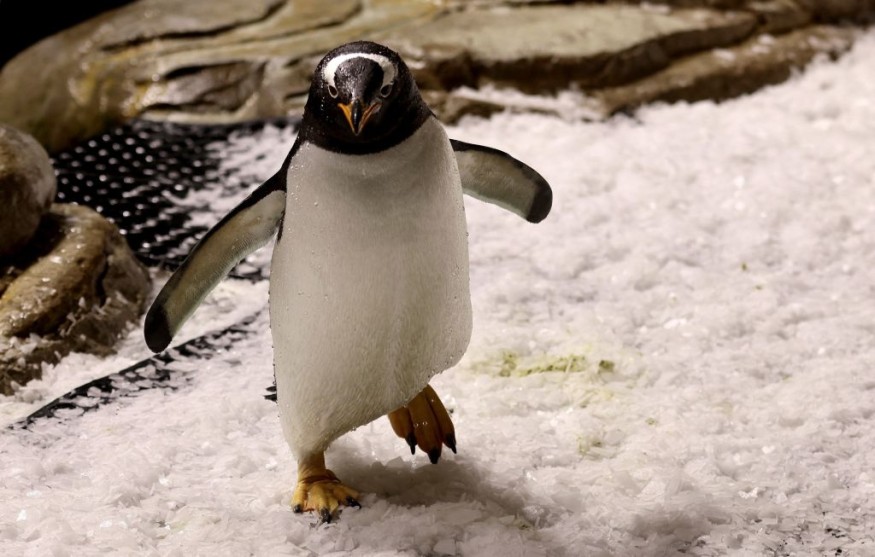
Chinstrap penguins in Antarctica use a technique known as "microsleeps," lasting four seconds, to allow penguin parents to continuously monitor their vulnerable eggs and young while getting 11 hours of sleep per day.
Sleeping Pattern
Named for the narrow strip of black facial feathers that resembles a chinstrap, chinstrap penguins typically lay their eggs in pebble nests around November.
Mature pairs share parenting responsibilities, just like many other species of penguins. While the other parent goes fishing for family dinners, the other attends to the eggs and chicks by themselves.
For the first time, the scientists studied the sleeping behavior of chinstrap penguins in an Antarctic breeding colony by attaching sensors that record brain waves.
They collected data on 14 adults over 11 days on King George Island off the coast of Antarctica.
According to the study, one penguin parent is compelled to watch over the eggs or young chicks constantly during incubation, when skuas are known to feed on penguin eggs, while their partner is gone foraging for several days.
They need to sleep, but they also have to protect their nesting area from trespassing penguins.
Using continuous video, direct observations, and non-invasive sensors to record movement, location, temperature, muscle tone, brain activity, and other data, the researchers were able to determine their unusual sleep patterns.
They discovered that the colony's penguins slept for over 600 minutes at a time.
A short study conducted in 1984 discovered that little penguins kept in metabolic chambers displayed a condition known as "quiet wakefulness," which is similar to the microsleep that chinstrap penguins experience. These naps, however, lasted an average of 42 seconds, which is a substantially longer duration.
The fragmented sleep pattern known as "drowsiness" that nonbreeding emperor penguins exhibit in captivity is similar to the microsleep pattern of breeding chinstrap penguins, according to a 1986 research.
The emperor penguins, however, were only in that state for up to 14% of their total duration.
Paul-Antoine Libourel, a sleep ecophysiologist who oversees and pilots initiatives as part of the sleep team at the Neuroscience Research Centre of Lyon, and coauthor of this study, states that 75% of the chinstrap penguins' sleep occurred in episodes that lasted less than 10 seconds.
"This is not unique across the animal kingdom. There (are) other animals that are sleeping quite fragmented or in very short bursts of sleep. But, to our knowledge, they were not able to sustain such extreme sleep fragmentation of days and hours, day and night, and continuously (as these penguins),'' Libourel said.
Sleeping Adaptation
Researchers have found evidence of a few additional creatures with unique sleeping adaptations. For example, northern elephant seals can snooze for ten or fifteen minutes at a time during deep dives, and frigatebirds can only sleep one half of their brain at a time when in flight.
However, scientists claim that chinstrap penguin microsleeps represent a novel extreme.
"Penguins live in a high-stress environment. They breed in crowded colonies, and all their predators are there at the same time," said Daniel Paranhos Zitterbart, who studies penguins at the Woods Hole Oceanographic Institution in Massachusetts.
According to him, microsleeping is "an amazing adaptation" that allows for almost continual awareness.
© 2025 NatureWorldNews.com All rights reserved. Do not reproduce without permission.





